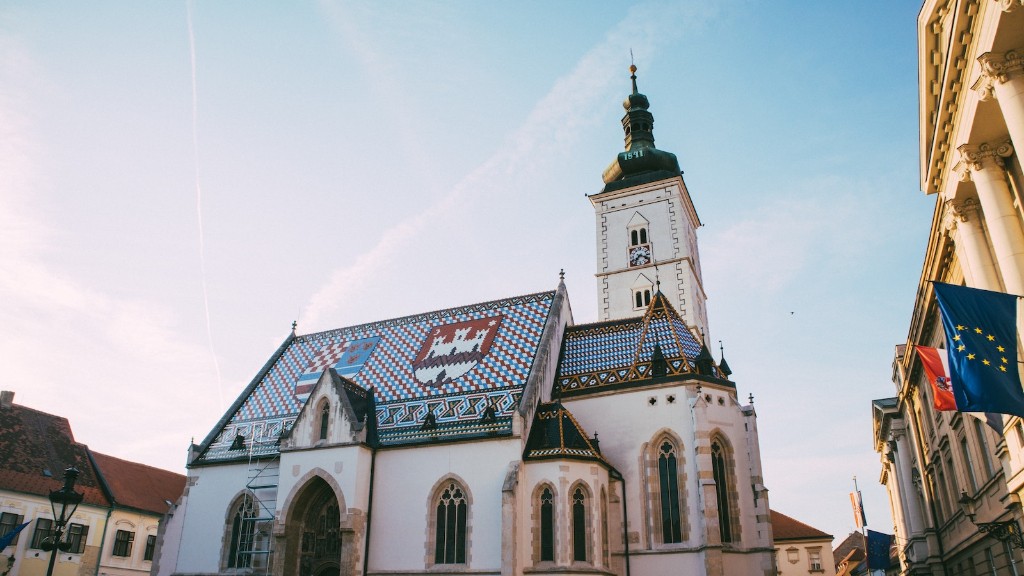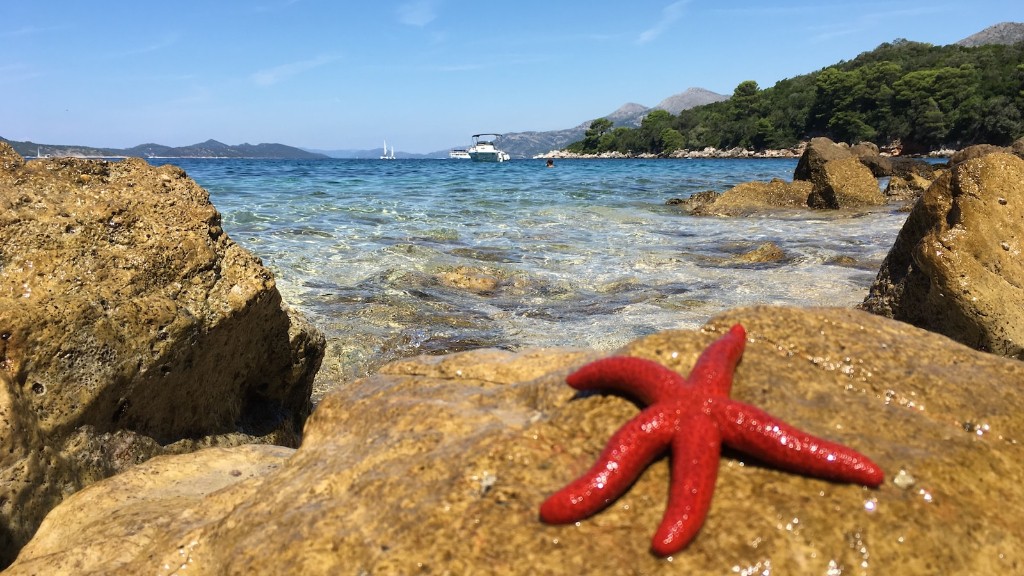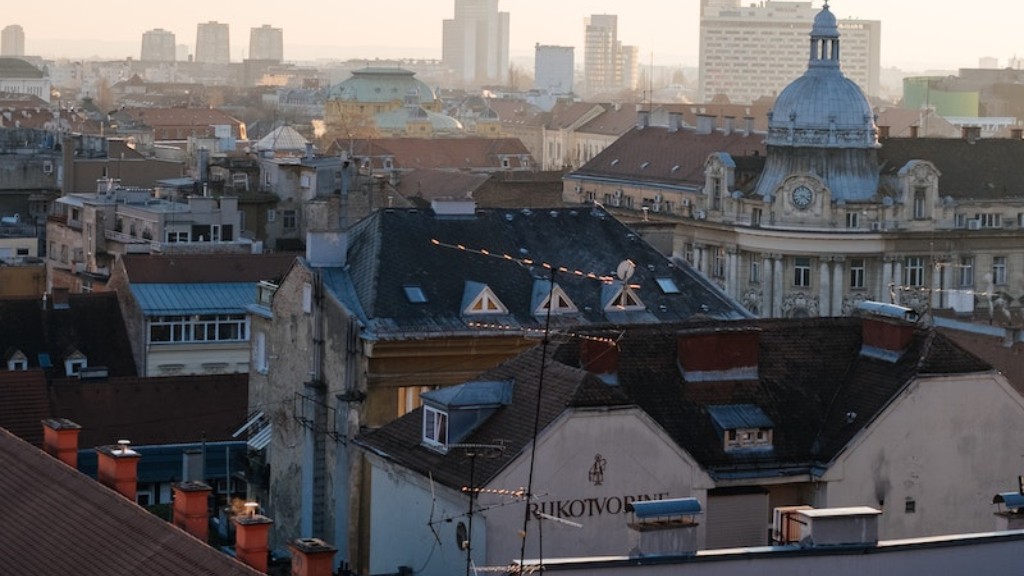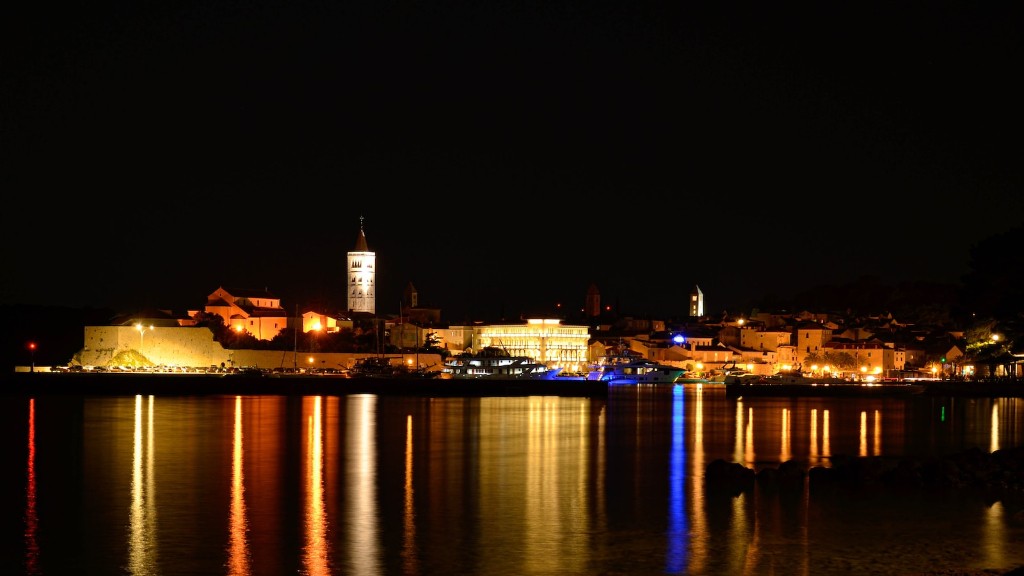Background Information
The war between Serbia and Croatia began in 1991 when the newly formed independent republic of Croatia declared its secession from the Socialist Federal Republic of Yugoslavia. Though international support of Croatia’s independence increased in the early 1990s, Serbia objected vociferously to it, citing Croatia’s continuous efforts to make it harder for ethnic Serbs living within its borders to retain their national identity. This resistance created political tension that ultimately set the stage for open warfare beginning in 1991.
Serbia’s Objections
Serbia argued that the new borders within the former Yugoslavia did not take into account the fact that ethnic Serbs lived in Croatia and that the republic’s decision to secede would strip those citizens of their rights as Serbs. Serbia additionally argued that Croatia had long disenfranchised Serbs living within its borders and frustrated efforts to protect Serb interests.
Most notably, Serbia objected to the constitutional changes undertaken by Croatia in 1990 which included a redefinition of the official nationality of the republic to Croatian, thereby creating a situation in which Serbs were no longer considered an official nationality. Serbia found this to be a violation of the rights of the ethnic Serbs who had lived in Croatia for centuries and was one of the main motivations for their opposition to Croatia’s independence.
Croatia’s Position
Croatia, on the other hand, argued that it was a sovereign state and had the right to make its own decision about its future. Croatia argued that the Serbs living in Croatia had been granted four rights under the constitution, including the right to dual citizenship, equal protection under the law, the right to education in their native language, and the right to cultural identity. Croatia also argued that it had been protecting the rights and interests of Serbs, and that the Serb-dominated government in Belgrade was just attempting to exert control over the region.
International Intervention
The first international efforts to quell the war were undertaken by the European Union (EU). The EU attempted to mediate a peaceful resolution to the conflict by working with both sides to address Serbia’s objections, while also negotiating for a peaceful transition to three separate independent republics. These efforts were unsuccessful and ultimately resulted in open warfare, with Croatia and Slovenia launching military operations against Serbia in June 1991.
Bosnian Conflict
The war then spilled over into Bosnia, where the Bosnian Serbs declared their own separate republic and sought to join Serbia. This new conflict between Bosnian Serbs and Bosnian Croats quickly escalated and became a full-fledged civil war that lasted until the signing of a US-brokered peace agreement in 1996.
Though the war between Serbia and Croatia was brought to an end by the Dayton Peace Accords, the legacy of the conflict between the two countries still lingers in the region today.
Economic Impact
The economic impact of the war was significant, with Croatia’s economy suffering the most as a result of the conflict. According to the World Bank, the total economic damage occurring in the period from 1991 to 1995 is estimated to be $61.5 billion. Serbia’s economy was also negatively impacted in terms of lost economic output, reduced foreign direct investments, lost export markets, and weakened relationships with financial institutions.
Political Stalemate
Despite years of negotiations, the strained relationship between Serbia and Croatia continues today, with both countries largely unable to come to an agreement on a variety of political issues. Specifically, Serbia has refused to recognize the independence of Kosovo, which declared independence from Serbia in 2008. This has caused a major dispute between the two countries, as Serbia continues to insist that Kosovo should remain a part of Serbia, while Croatia has come out in support of Kosovo’s independence. It is this political stalemate that has prevented Serbia and Croatia from moving forward with a stronger relationship.
Ethnic Hatreds Remain
Despite years of peace, ethnic hatreds remain between many Serbians and Croatians, making it difficult for them to overcome the legacy of the war. According to a survey conducted by the University of Belgrade’s Center for Security Studies, around 48 percent of surveyed participants indicated that they harbors sentiments of distrust or animosity towards members of the opposing ethnic group.
Furthermore, the survey indicated that the majority of surveyed Serbians and Croatians saw the participants of the war as “heroes” and “victims” and often failed to recognize the culpability of their own side in the violence. This indicates that, while tremendous progress has been made towards reconciliation and peace in the region, much work still needs to be done in order to fully overcome the impact of the war.
Profile of Victims and Political Leaders
The war between Serbia and Croatia resulted in tremendous human cost, with more than 20,000 people being killed during the conflict and many more becoming displaced. On both sides of the conflict, ethnic Serbians and Croatians were pushed into hostile situations, as both sides sought to gain an advantage in terms of political power and territorial control.
In addition, the conflict was marked by a number of prominent political figures, including Croatian President Franjo Tudjman and Serbian President Slobodan Milosevic. Both Tudjman and Milosevic had their own agenda in the conflict and sought to use the war to further their respective political goals. In addition, each played a major role in stoking the nationalistic fervor that eventually led to open warfare.
Role of International Community
The role of the international community was also integral in the war between Serbia and Croatia. In the early stages of the conflict, the European Union (EU) worked with both sides to address Serbia’s objections and peacefully transition to three separate independent republics. However, these efforts were unsuccessful and led to open warfare.
In addition, the United Nations (UN) also tried to address the conflict, with the UN Security Council eventually authorizing the deployment of a peacekeeping force – known as UNPROFOR – to the region in February 1992. This move largely helped to deescalate the conflict, though tensions remained high throughout the region for years to come.
Cultural Resilience
Despite the human costs of the war, the region has managed to maintain a level of cultural resilience. Over the past two decades, a number of cultural venues have emerged in both Serbia and Croatia, offering a range of activities that bring people together from across the region.
In Serbia, this includes festivals such as the Belgrade Pride Parade which is held annually, while in Croatia a number of events – such as the Zagreb Film Festival – have revitalized the country’s cultural scene. In addition, a number of cross-border initiatives – including the Regional Cooperation Council’s Southeast European Cooperation Process – have sought to bring together neighbors in the region, despite the ongoing political tensions.
Political Impact of War
The war between Serbia and Croatia had a major political impact on the region. Following the conflict, Serbia and Croatia continued to remain divided and unable to reach an agreement on a variety of political issues such as the status of Kosovo. This has stifled progress in the region, resulting in a situation in which Serbia and Croatia remain largely isolated from one another.
Furthermore, the war has also had a significant impact on Serbia’s international standing. As the conflict dragged on, most of the international community sided with Croatia, causing Serbia’s image to suffer and its relations with its neighbors to become strained. This has been compounded by Serbia’s refusal to accept the results of the war and its continued insistence on retaining control over a multiethnic republic.
International Law and Human Rights Implications
In addition to the political implications of the war between Serbia and Croatia, the conflict also had a significant impact on international law and human rights. During the war, both sides were accused of engaging in war crimes and human rights violations, with hundreds of thousands of people displaced from their homes and subjected to violence due to their ethnic identity.
The atrocities committed during the conflict also sparked international outrage, with the UN Security Council passing an arms embargo against Serbia and Croatia 1991 in an attempt to stifle the violence. This decision was highly controversial and ultimately failed to prevent further war crimes from occurring, though it did serve to further isolate Serbia and Croatia from the international community.
The Dayton Peace Agreement
Finally, it is important to note the significance of the Dayton Peace Agreement, which officially ended the war between Serbia and Croatia in 1995. The agreement was negotiated between the presidents of Serbia, Croatia, and Bosnia and Herzegovina, and it sought to achieve a lasting peace in the region.
The agreement – which still stands today – essentially ended the conflict between Serbia and Croatia and laid out the framework for a durable peace in the region. However, the agreement has been criticized in recent years due to its inability to fully address the grievances of both sides and its failure to pave the way towards true reconciliation.



